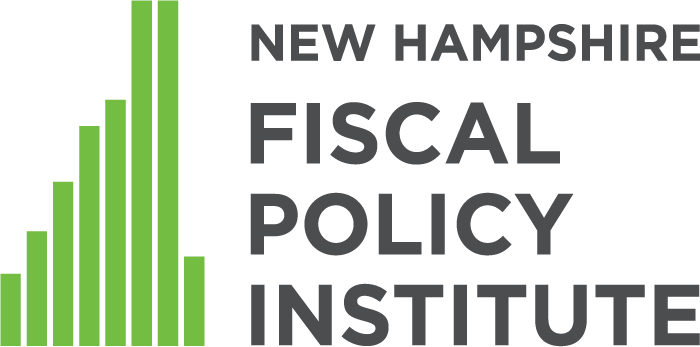State Fiscal Year 2025 revenues dropped 9.4 percent in the General Fund and Education Trust Fund compared to last year after adjusting for inflation. Revenues that surged after the pandemic, fueled by corporate profits and real estate sales, have since declined, underscoring New Hampshire’s reliance on a few volatile sources and the impact of tax policy changes like business tax reductions and the repeal of the Interest and Dividends Tax.
The economy, both nationally and in New Hampshire, entered 2025 with significant strengths and key challenges and now faces new uncertainties at a potential inflection point, according to a new analysis from NHFPI.
A new NHFPI analysis finds that New Hampshire continues to rank last in the nation for public higher education funding, raising concerns about rising tuition costs, cuts to education services, and the future of the state’s workforce.
A new federal reconciliation law signed on July 4 will bring sweeping changes to tax and social support programs, with major implications for Granite Staters. According to NHFPI's analysis, the law makes permanent many tax cuts from 2017, and pays for some of the forgone revenue by reducing access to Medicaid, supports for food assistance, and clean energy investments, shifting costs and risks onto low- and moderate-income households.
Federal spending in New Hampshire totaled $21.8 billion in Federal Fiscal Year 2022 -an amount equal to about 21 percent of the state’s total economy. These funds include Social Security, Medicaid, military contracts, tax credits, higher education support, and wages for federal workers - highlighting the broad impact of federal dollars across New Hampshire’s economy.
New Hampshire’s ongoing early care and education (ECE) shortage is characterized by high tuition costs to families, low wages for ECE professionals, limited (if any) profits for providers, and adverse financial impacts for Granite State families, businesses, and economy.
